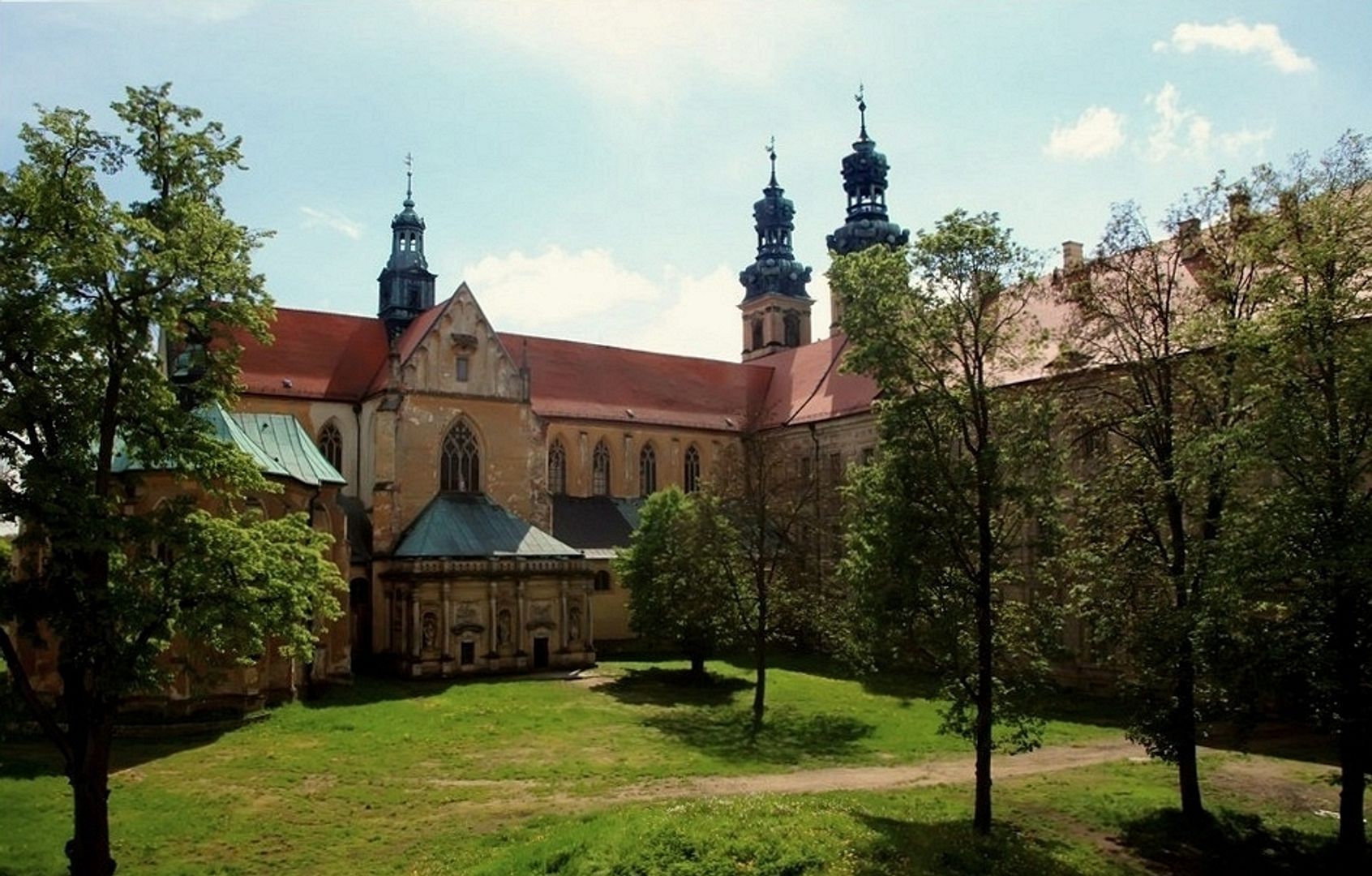The Church of the Assumption of the Blessed Virgin Mary in Lubiąż
6.76

Overview
The Church of the Assumption of the Blessed Virgin Mary in Lubiąż is an exceptional example of Baroque architecture, serving as the mausoleum of the Silesian Piasts and an integral part of the Cistercian abbey. Built in a basilica layout, the structure consists of three naves, a chancel with a cruciform plan, and a transept of equal width to the side naves. The interior is characterized by ribbed cross vaults, a late Romanesque piscina in the chancel, and Gothic tombs of Silesian dukes, including that of Bolesław I the Tall.
The church’s facade, rendered in a sandy hue, features rich decorations made of stucco, floral ornaments, and Baroque sculptures. The portal is flanked by columns and an elaborate archivolte, while the entire composition is crowned with statues of saints. The interior is adorned with numerous chapels, including the ducal chapel with the tomb of Bolesław III of Legnica-Brzeg. The church underwent multiple renovations, most extensively at the turn of the 17th and 18th centuries, which gave it its definitive Baroque character, altering its original Gothic facade.
The history of the church is rich and tumultuous. The first records of its location date back to 1208. During World War II, the church lost most of its furnishings, as the Germans and later the Russians destroyed many valuable elements, including tombs and sculptures. The bodies of dukes and monks resting in the crypts were scattered, and their graves desecrated. Today, only a small portion of the original decor has survived, including altar mensae and fragments of valuable sculptures. Interestingly, many artworks from this site were transported to other Polish cities, and the ducal tomb from the chapel was eventually reconstructed and is now housed in the National Museum in Wrocław. The church in Lubiąż not only captivates with its architectural merits but also stands as a witness to the rich history of the region and the culture of the Piasts, making it an exceptionally valuable gem of Lower Silesia.
Location
2025 Wizytor | All Rights Reserved